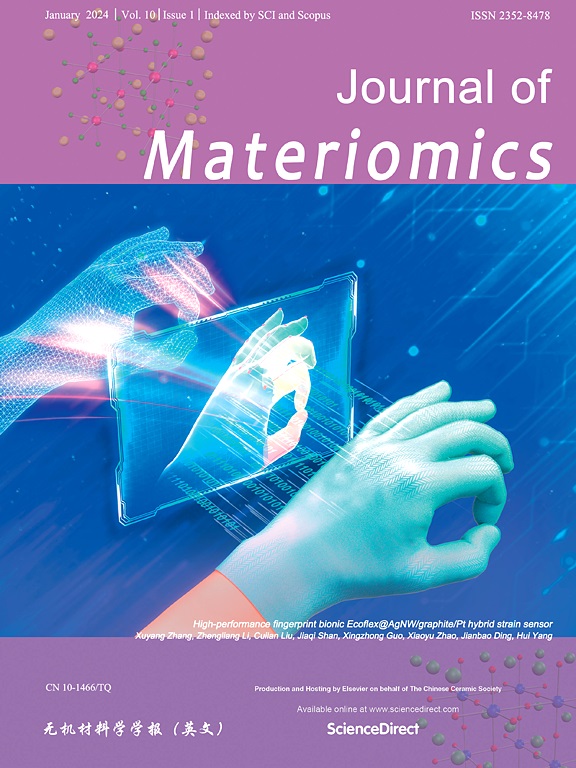基于hfo2的薄膜和器件
IF 9.6
1区 材料科学
Q1 CHEMISTRY, PHYSICAL
引用次数: 0
摘要
hfo2基薄膜和器件由于其优异的性能,如高介电常数,强大的铁电性,宽带隙,优异的热稳定性以及与互补金属氧化物半导体(CMOS)工艺的完全兼容性,引起了相当大的兴趣。作为一种高k栅极介质,hfo2基薄膜已经在某些先进的CMOS技术中取代了SiO2,促进了更快、更小、更节能的集成电路的发展。特别是,2011年掺杂HfO2薄膜中铁电性的发现进一步确立了HfO2基铁电体作为下一代存储技术[1],[2]的有前途的候选者。它们的优点是显而易见的:可以通过原子层沉积(ALD)沉积三维适形的HfO2薄膜,并在cmos兼容的低温下结晶,并且在厚度为10 nm时保持稳健的铁电性。这些特性使其非常适合用于非易失性存储器,负电容晶体管等,为CMOS器件提供更高速度和更低功耗的前景。因此,工业进步也很明显:例如,在2023年,美光科技推出了基于铁电HfO2的32 Gb高密度铁电随机存取存储器(FeRAM)设备,超过了商用钙钛矿基FeRAM的~ 16 Mb容量,并突出了其可扩展性[3]。本文章由计算机程序翻译,如有差异,请以英文原文为准。
HfO2-based thin films and devices
HfO2-based thin films and devices have attracted considerable interest owing to their outstanding properties, such as high dielectric constant, robust ferroelectricity, wide bandgap, excellent thermal stability, and full compatibility with complementary metal-oxide-semiconductor (CMOS) processing. As a high-k gate dielectric, HfO2-based films have already replaced SiO2 in certain advanced CMOS technologies, facilitating the development of faster, smaller, and more energy-efficient integrated circuits. In particular, the discovery of ferroelectricity in doped HfO2 thin films in 2011 further established HfO2-based ferroelectrics as promising candidates for next-generation memory technologies [1], [2]. Their advantages are evident: 3D conformable HfO2 films can be deposited by atomic layer deposition (ALD) and crystallized at CMOS-compatible low temperatures, and robust ferroelectricity is maintained at thicknesses <10 nm. These characteristics make them highly suitable for nonvolatile memory, negative-capacitance transistors, etc., offering the prospects of higher speed and lower power consumption for CMOS devices. Hence, industrial progress is also evident: for instance, in 2023, Micron Technology introduced a 32 Gb high-density ferroelectric random-access memory (FeRAM) device based on ferroelectric HfO2, exceeding the ∼16 Mb capacity of commercial perovskite-based FeRAMs and highlighting its scalability [3].
求助全文
通过发布文献求助,成功后即可免费获取论文全文。
去求助
来源期刊

Journal of Materiomics
Materials Science-Metals and Alloys
CiteScore
14.30
自引率
6.40%
发文量
331
审稿时长
37 days
期刊介绍:
The Journal of Materiomics is a peer-reviewed open-access journal that aims to serve as a forum for the continuous dissemination of research within the field of materials science. It particularly emphasizes systematic studies on the relationships between composition, processing, structure, property, and performance of advanced materials. The journal is supported by the Chinese Ceramic Society and is indexed in SCIE and Scopus. It is commonly referred to as J Materiomics.
 求助内容:
求助内容: 应助结果提醒方式:
应助结果提醒方式:


